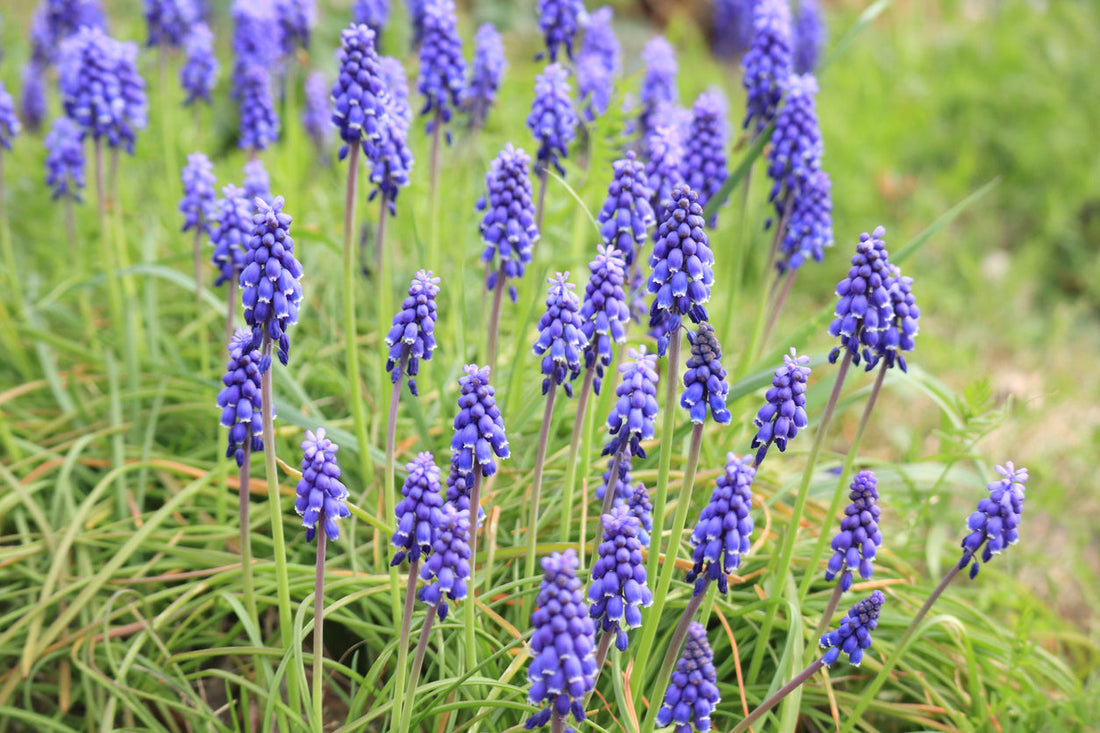
What are Lampascioni and what to do with them?
Elena NorkunaiteShare
Discovering Lampascioni: The Mysterious Delicacy of Puglia
If you are not from Italy, or from Puglia in particular (like myself), you most likely have never even heard of lampascioni. In fact, this word is so foreign that you may not even guess it describes a delicacy very particular to the region.
But not to worry — you are not the only one.
When I first encountered this mysterious food (I’ll be honest here), I did not find it appealing or appetizing. My first thought was that it was some sort of pickled onion — something I never really enjoyed much. So no, I didn’t try them at the time, nor did I intend to.
But my curiosity got the better of me. I did want to find out for myself: What are these lampascioni and what do they truly taste like?
This curiosity really sparked after I looked for more information about these intriguing delicacies.

What Are Lampascioni?
Lampascioni are actually bulbs of a flower, Leopoldia comosa, which is also often called Tassel Hyacinth. While they may look similar to onions, they have their own unique, slightly bittersweet flavour. They are typically harvested in early spring, right before they bloom.
Besides the region of Puglia, lampascioni are also considered a delicacy in Greece. However, in the rest of the world (or most of Italy, for that matter), they are not widely used or cultivated. Hence, they are often overlooked and little known.

The History and Cultural Significance of Lampascioni
Lampascioni have been a part of Italian culinary traditions for centuries. Historically, they were a vital food source for rural communities, particularly in southern Italy, where they were foraged during the spring months. They were considered a symbol of the humble, agrarian lifestyle and were often prepared in simple yet flavourful ways.
These wild onions are tied to Italian identity in regions like Puglia, where they are a part of many traditional dishes. The unique flavour they provide can evoke memories of the past, reminding locals of a time when food was closely tied to the land and its seasons.
Lampascioni in Italian Cuisine
In Italy, lampascioni are often featured in traditional dishes, particularly in Puglia and Campania. They are a common sight on antipasto platters, where they’re served alongside olives, cured meats, and other marinated vegetables. Lampascioni in agrodolce (sweet and sour) is another beloved preparation. In this dish, the bulbs are cooked with sugar and vinegar, creating a delicate balance of sweet and tangy flavours.
Lampascioni can also be added to pastas, risottos, and even meat stews, lending their distinct taste to more complex dishes. Their versatility and ability to absorb flavours make them an exciting ingredient to experiment with in your own kitchen.
How to Prepare Lampascioni
One of the best ways to enjoy lampascioni is by cooking them simply. The most common preparation method involves blanching and then pickling or frying them. Here’s a basic guide on how to prepare them:
- Cleaning and Peeling: Start by removing the outer skin of the lampascioni, which is often papery and tough. You’ll want to peel off the layers until you reach the tender inner bulb. Be cautious, as the bitter taste is most prominent in the outer layers.
- Blanching: To reduce bitterness, blanch the bulbs in boiling water for about 5-10 minutes. After blanching, immediately cool them in an ice bath to stop the cooking process.
- Pickling or Sautéing: Once blanched, lampascioni can be pickled in vinegar and salt or sautéed with olive oil, garlic, and a pinch of red pepper flakes. The combination of bitterness and these flavours creates a deliciously complex dish.
- Serving: You can serve lampascioni as a side dish, as part of an antipasto platter, or even use them as an ingredient in pasta or risotto. They pair beautifully with fresh herbs like rosemary and thyme and complement cheeses like pecorino and ricotta.

The Health Benefits of Lampascioni
In addition to their unique flavour, lampascioni are also packed with nutritional benefits. They are rich in fibre, vitamins (especially vitamin C), and minerals such as calcium and potassium. They also contain antioxidants that are believed to support heart health and digestion. The high levels of prebiotics found in lampascioni help promote the growth of beneficial bacteria in the gut, improving overall digestive health.
Additionally, these wild onions are low in calories, making them an excellent choice for those looking to add flavour and nutrition to their meals without adding extra fat or sugar.
Where to Find Lampascioni
If you’re lucky enough to live in the Mediterranean, you may be able to forage for lampascioni yourself. They grow naturally in the wild, often in rocky, dry soils. However, for those of us outside of this region, lampascioni can sometimes be found in specialty Italian or Mediterranean grocery stores, particularly in preserved forms like pickled jars. Alternatively, you might find them at farmers’ markets, especially during the spring months.
Conclusion: A Unique Ingredient Worth Trying
Lampascioni may be a lesser-known vegetable, but their distinctive flavour and historical roots make them a gem worth discovering. Whether you’re looking to explore the tastes of southern Italy or simply want to try something new, lampascioni can add depth and complexity to your culinary repertoire. So next time you come across them, give them a try—you might just find your new favourite vegetable.
Have you already tried lampascioni? Would you like to see them in our store?
Drop a comment below - we'd love to hear your thoughts!
